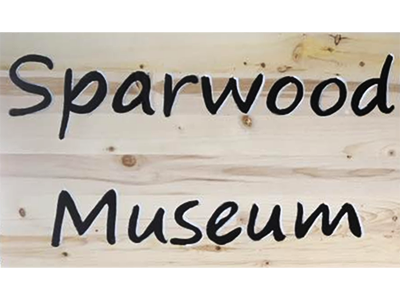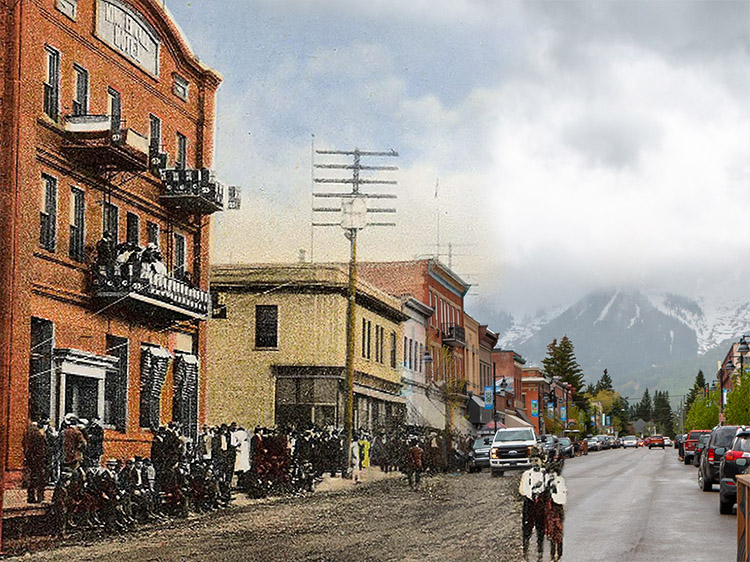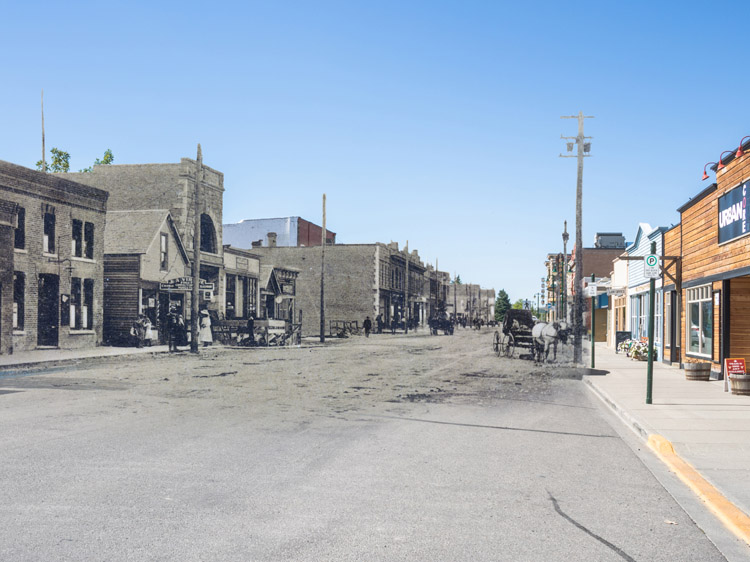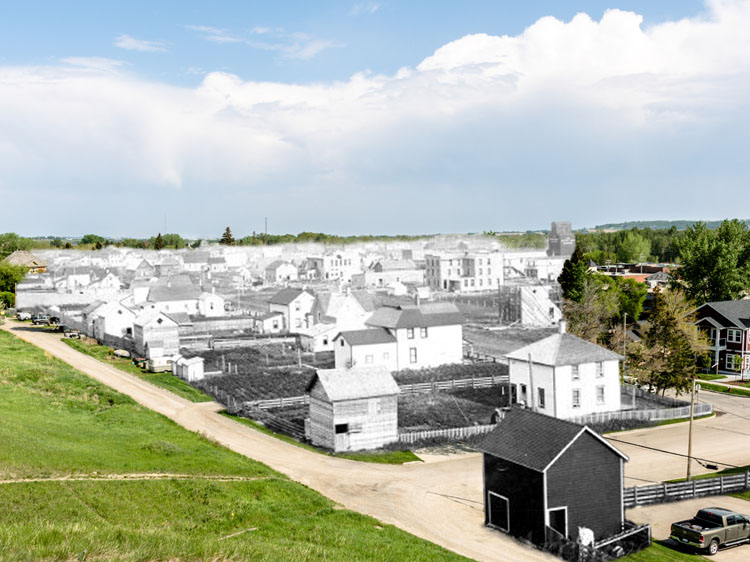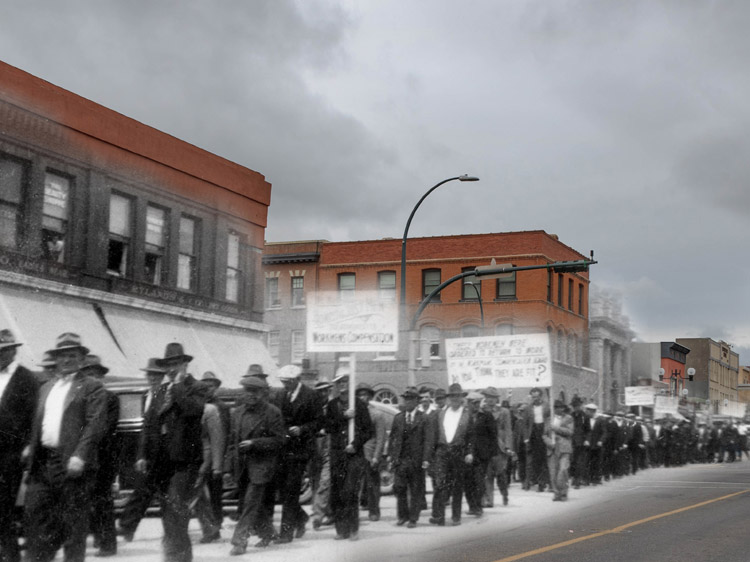Partner City
Sparwood
Town With The Big Green Truck
Home to the Ktunaxa First Nations for thousands of years, the area that became Sparwood lay within a valley that would one day be named for the Elk River that ran through it. In 1845, a Belgian missionary found pieces of coal in the river, a discovery that presaged the modern history of the Elk River Valley. For hundreds of years thereafter, coal mining would become central to the history of the valley and the towns that emerged there. In the early 20th century, the towns of Michel, Middletown and Natal sprung up when coal mines were dug into the mountains that formed the valley. Together they eventually formed a community named Michel-Natal that stretched along the valley and was home to over 1,200 people. The community was vibrant, diverse and tight-knit. The lives of the people of Michel-Natal changed after WWII. With their jobs and housing tied to mining corporations, the ascendency of oil as a source of energy and other developments led to the end of Michel-Natal and the birth of Sparwood. Labelled as “urban renewal”, Michel-Natal was dismantled and the population gradually moved a few kilometres north to the townsite of Sparwood, founded in 1964. Since then, the heritage of Michel-Natal is carried by the nearly 4,000 people who inhabit Sparwood today, where mining continues to be the lifeblood of the town.
This project was made possible through a partnership with the Sparwood Museum and Archives.
We respectfully acknowledge that Sparwood lies within the ancestral, traditional, and unceded territory of the Ktunaxa First Nations.
Walking Tours
Explore
Sparwood
Then and Now Photos
Michel River View
ca. 1940s
Pictured is a panoramic view of Michel, built on the banks of Bodie Creek. The Michel Hotel is located near the top right part of the photo.
Middletown
ca. 1940s
The largely residential Middletown is pictured here. It sat in between Michel’s mines and Natal located further up the valley.
Centennial Square
ca. 1970s
Photographed here are Sparwood’s families and friends enjoying the day. In the background is Rocky Mountain Meats which still operates today. The pharmacy on the far left is now a Royal Canadian Legion Branch which still uses the name “Michel-Natal”.
The Titan
ca. 1970s
The first and only Terex Titan is pictured in this photograph. A massive mining truck, the Titan operated on the mines near Sparwood in the 1970s and 1980s after Michel-Natal was depopulated. Today, the retired Terex Titan serves as a landmark and modern icon of Sparwood.
Coal Capital Float
ca. 1970s
In this photograph is a float displaying the title “Coal Capital” and carrying four performers down Centennial Street.
Mines in Operation
1973
There are few traces left of the town of Michel-Natal but the mines photographed here were still operational when the photo was taken.. The Michel Hotel in the foreground, constructed in 1929, was one of the last original buildings of the town. It was demolished in 2010.
The Black Nugget Motor Inn
ca. 1990s
In this photograph is the Black Nugget Motor Inn, the name of which was a nod to the town’s history of coal mining. It is now the Causeway Bay Hotel and Conference Centre.
The Terex Titan
ca. 1990s
Pictured is the massive Terex Titan mining truck painted with its signature light green paint. First built in 1973 in London, Ontario, it was a one-of-a-kind prototype that was the largest mining truck in the world for 25 years. It served Sparwood’s Kaiser Steel’s mine from 1978 to 1991 before becoming a public monument in Sparwood.






